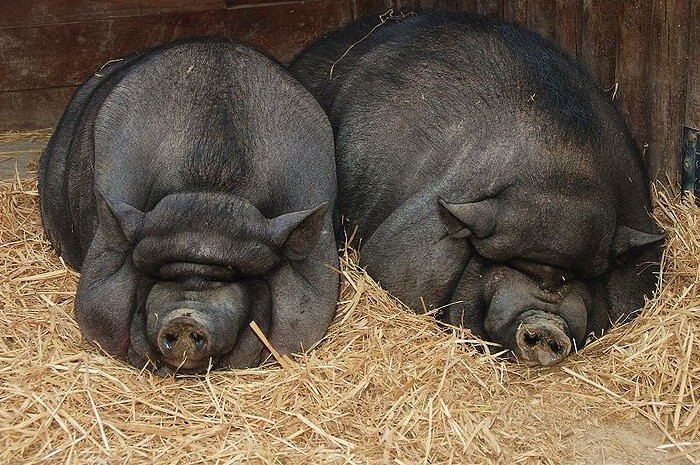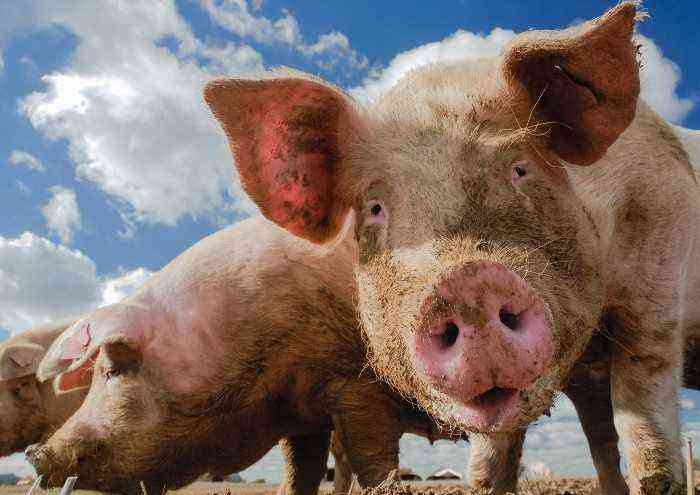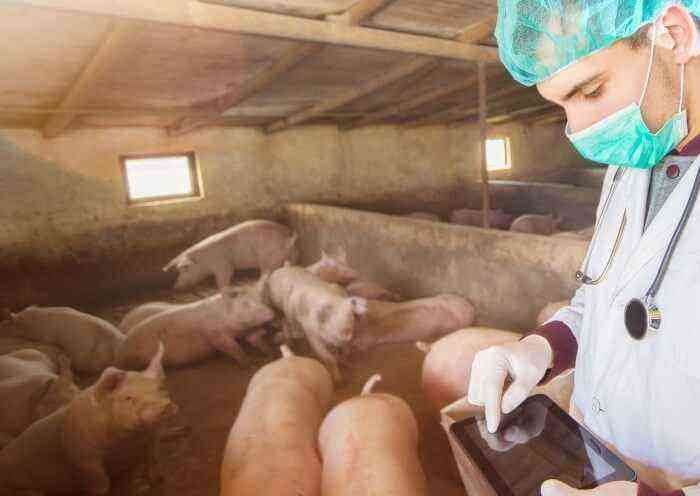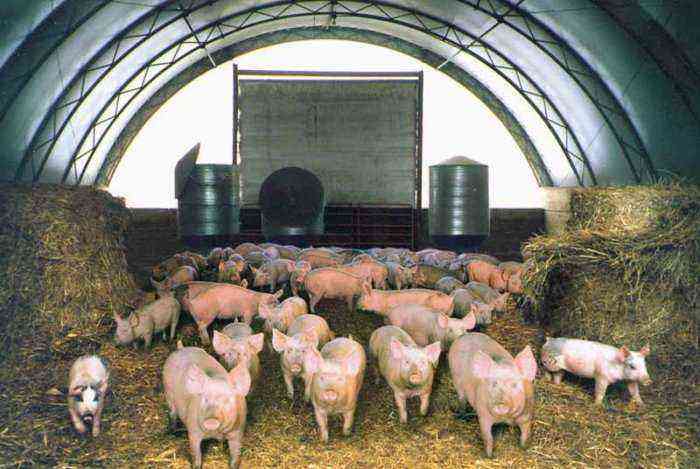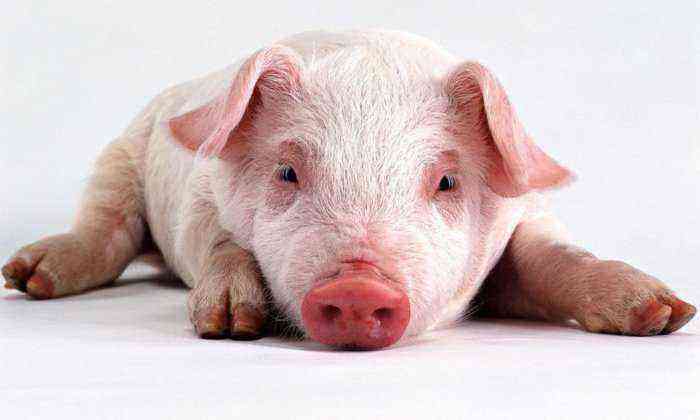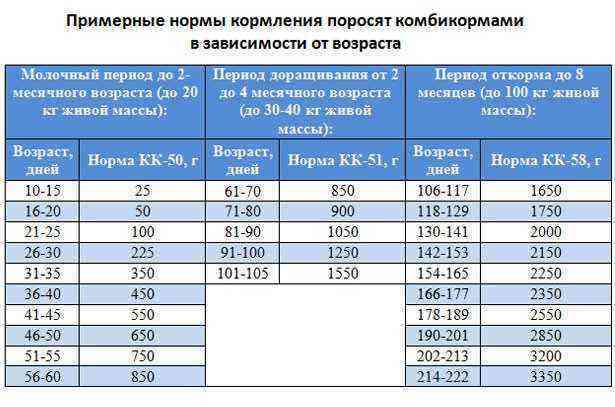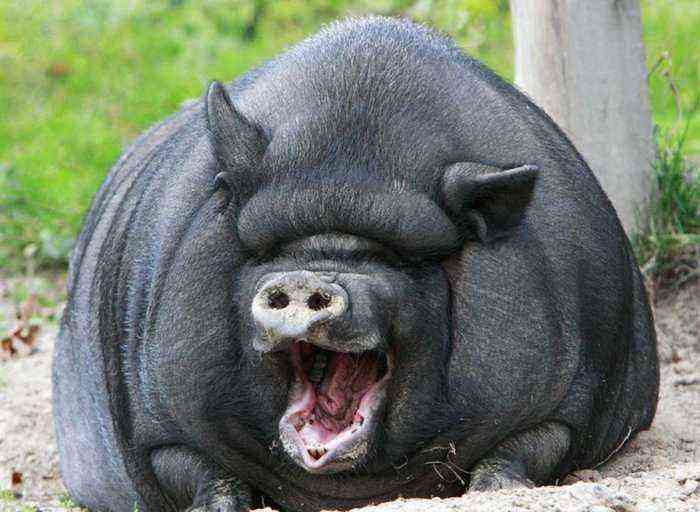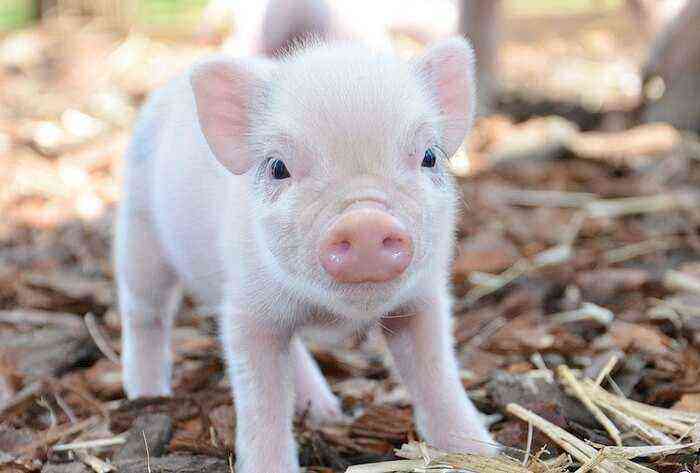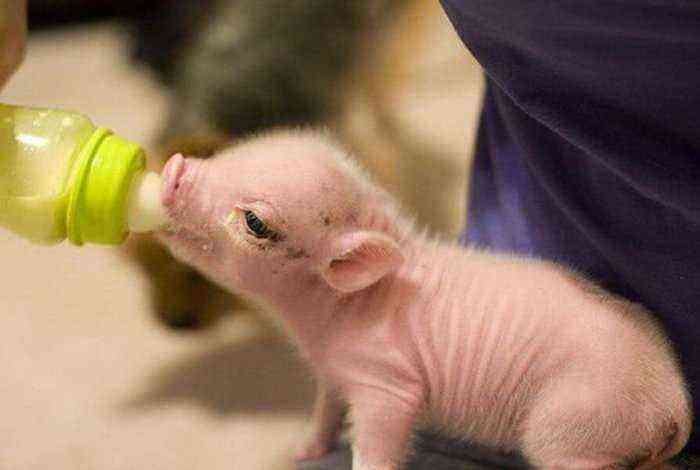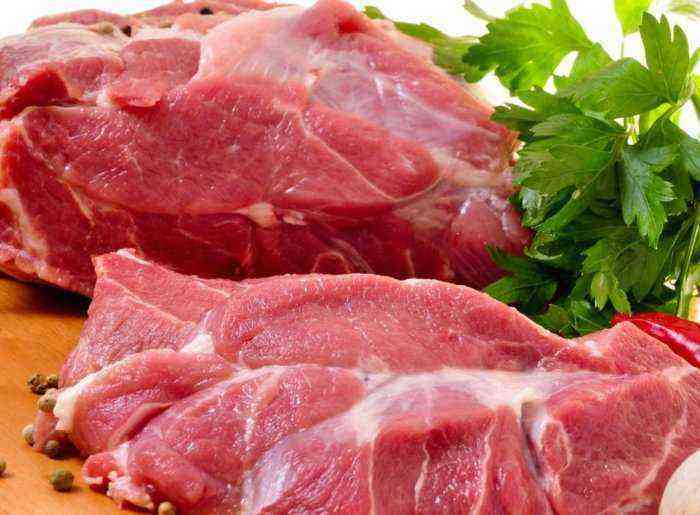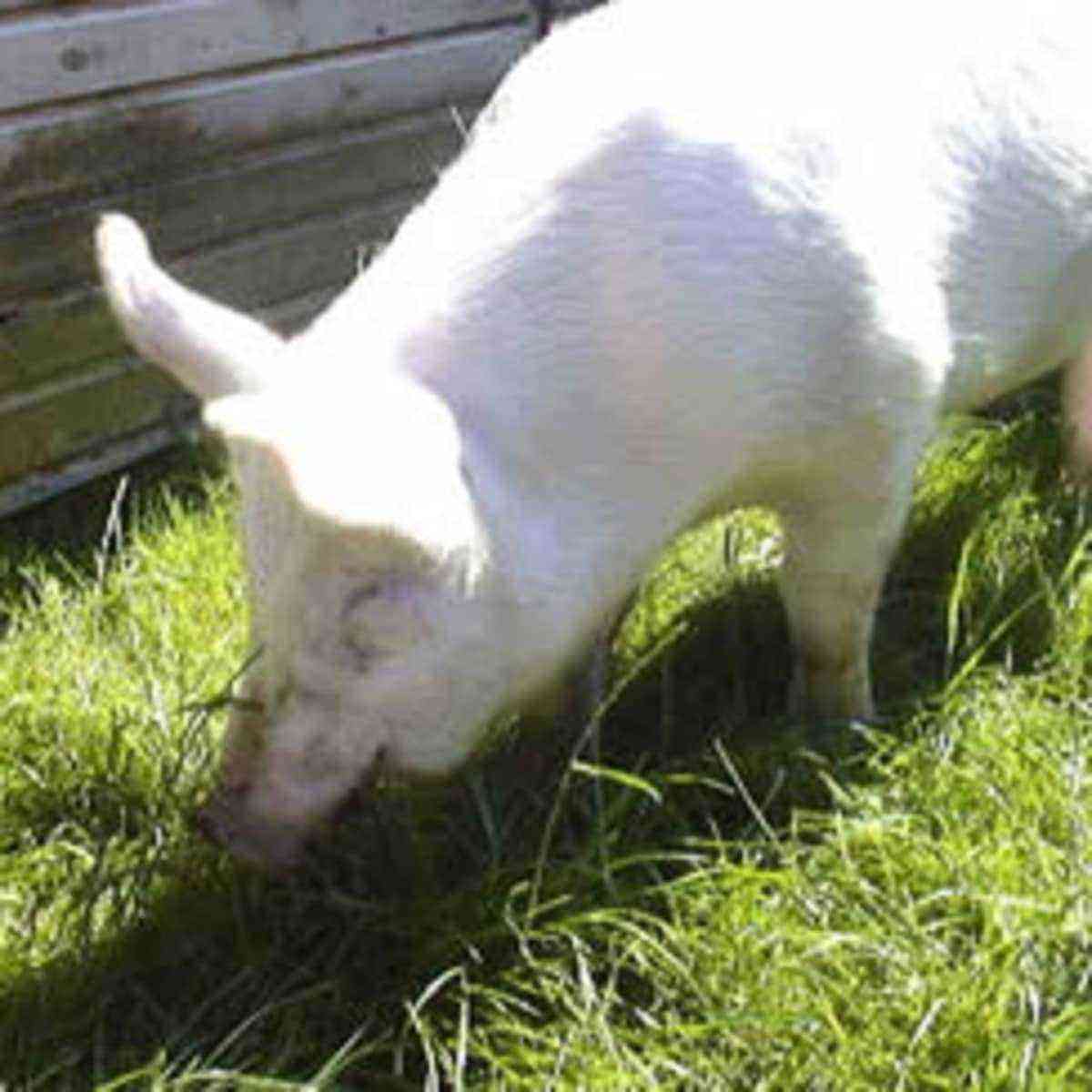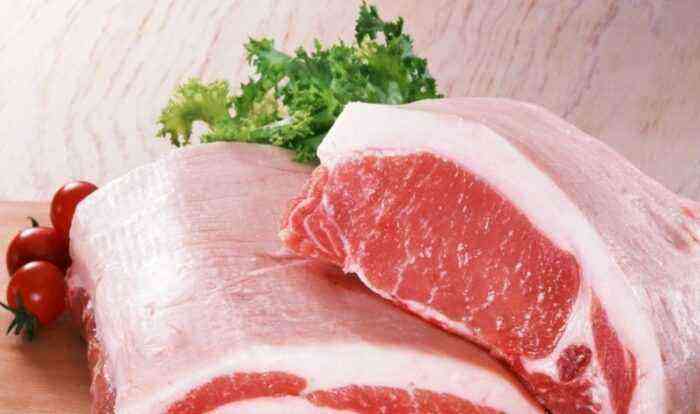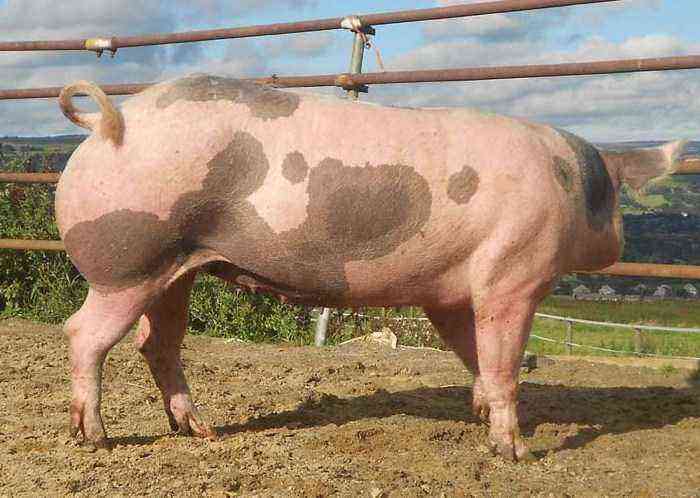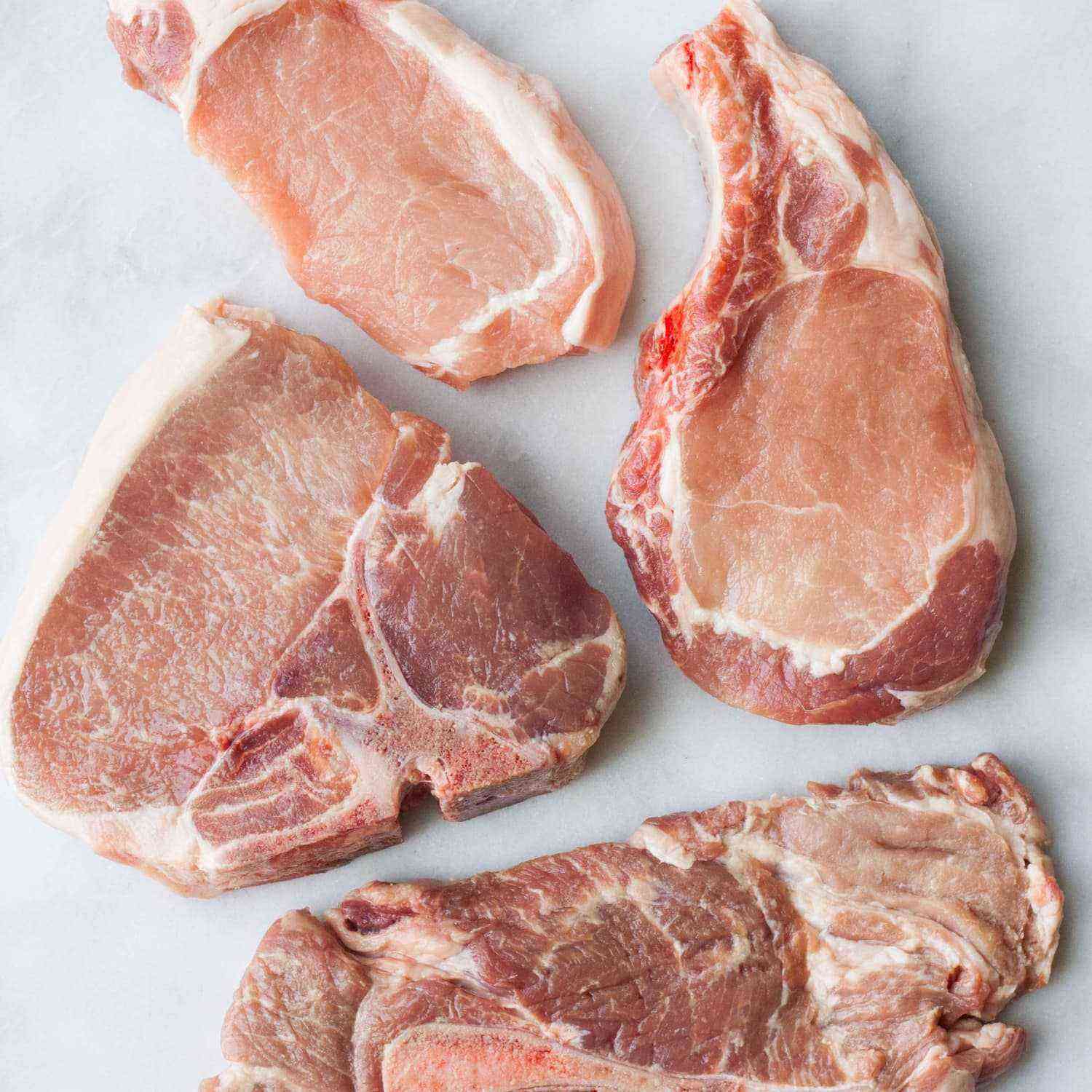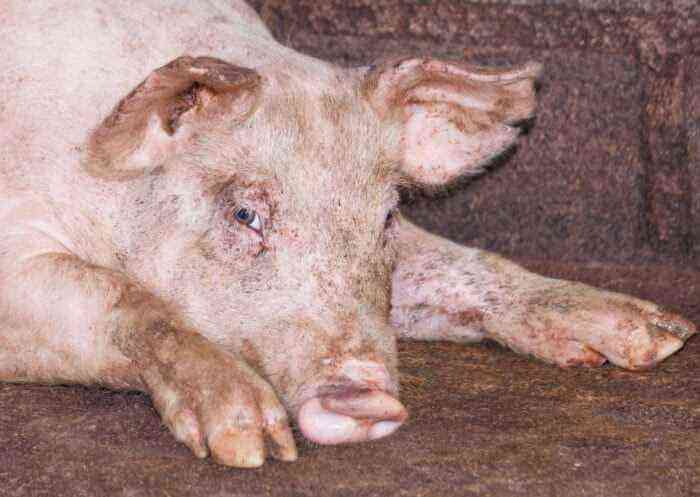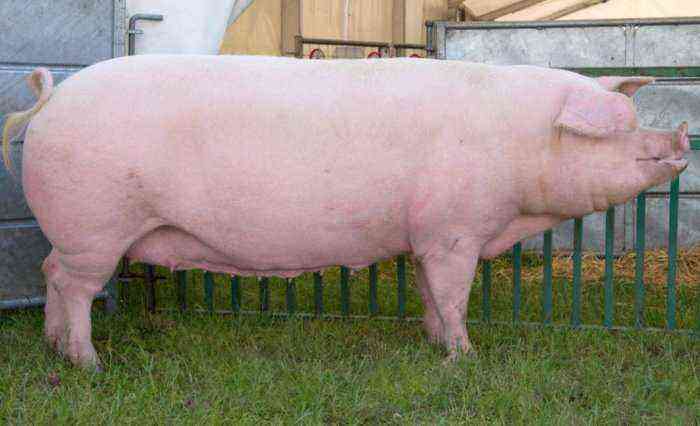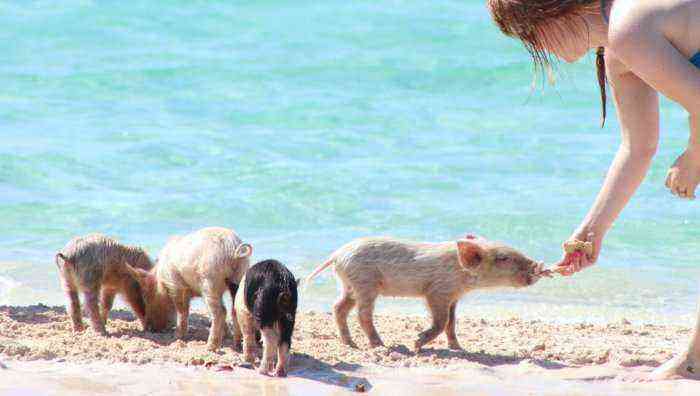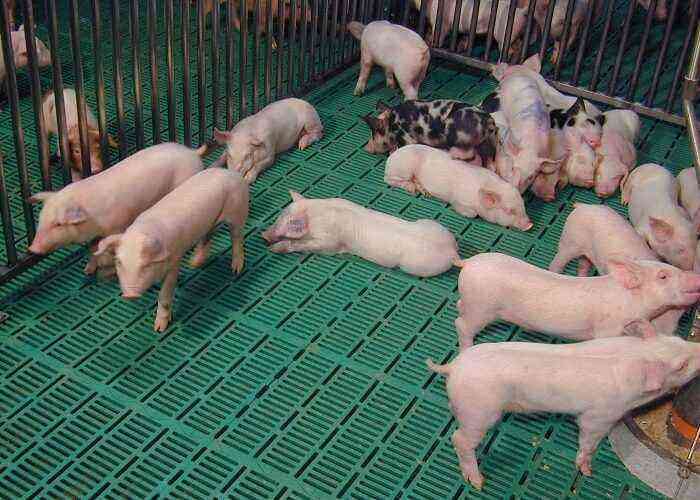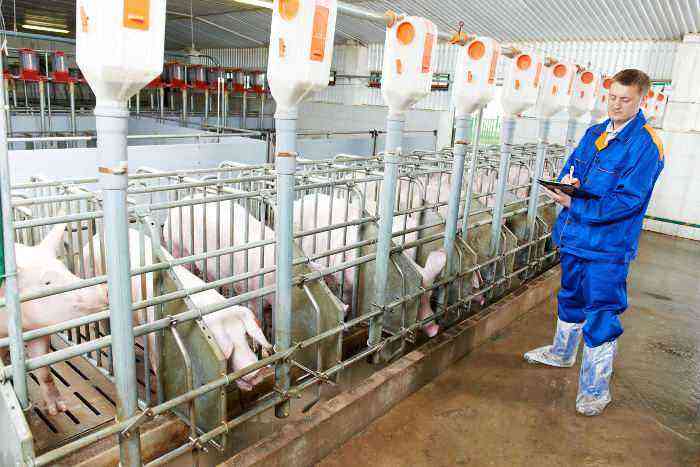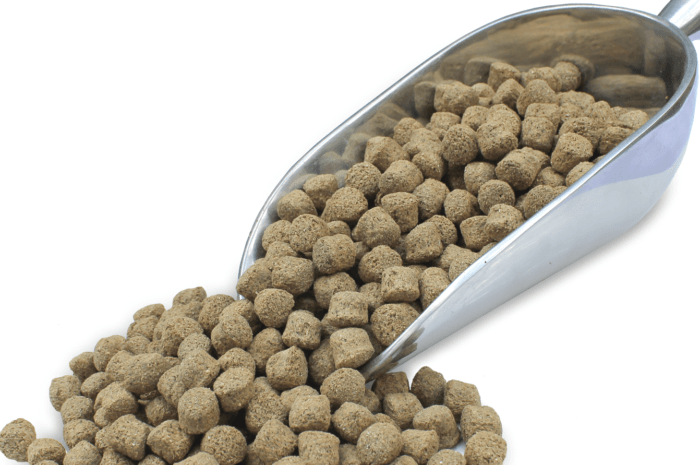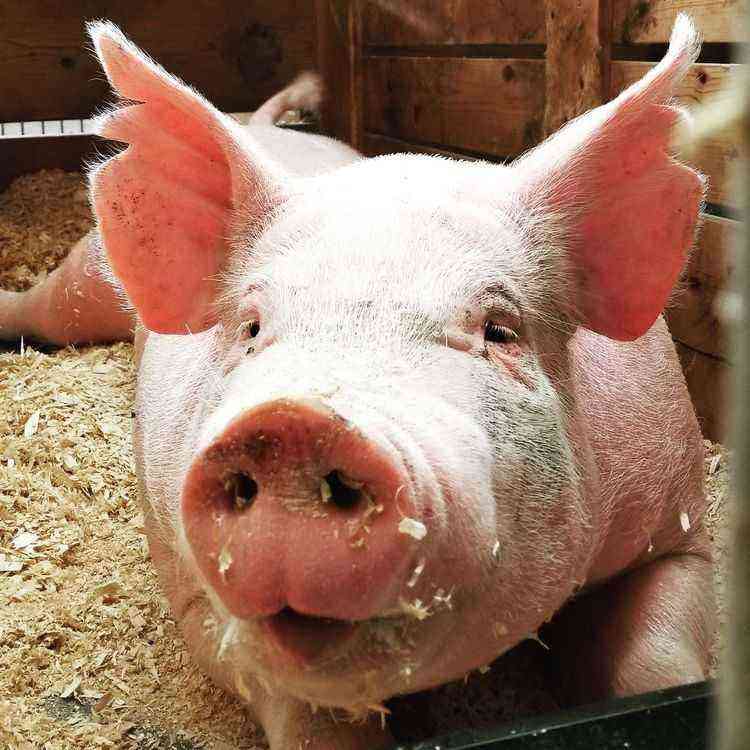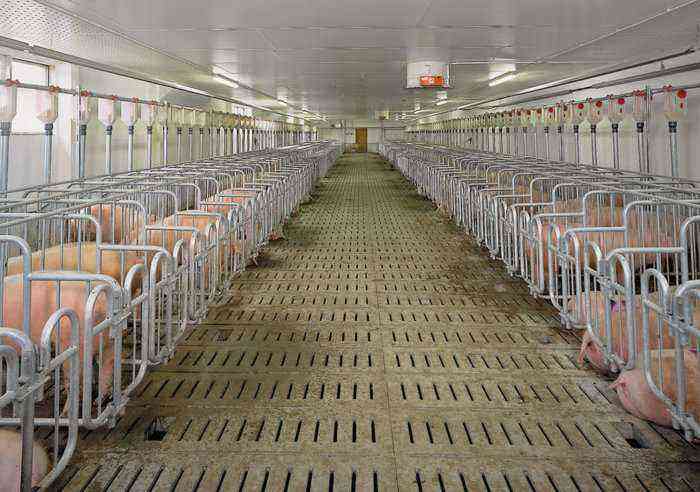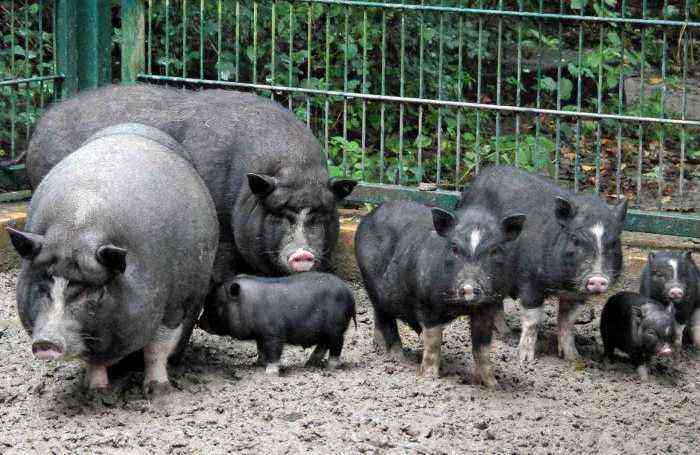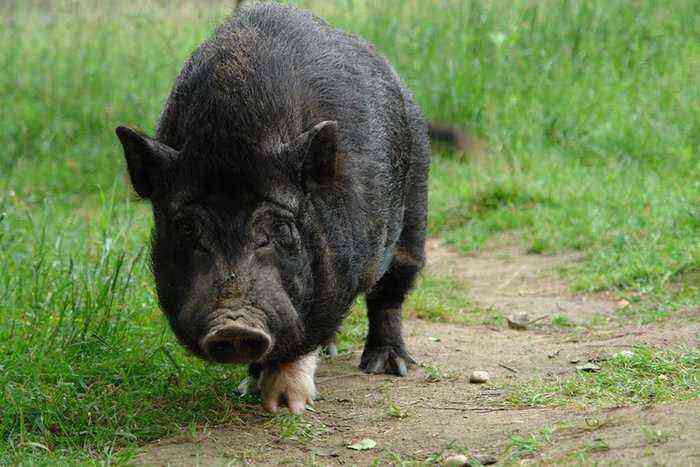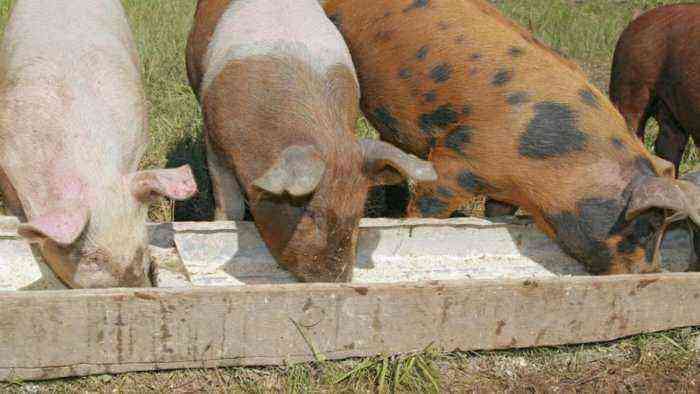Keeping pigs at home can be a very profitable activity. These animals are quite unpretentious in care, and their population is growing rapidly. One sow per year provides two offspring, an average of 10 piglets. But now, in order for the young to give good growth and be healthy from the first days of life, proper living conditions and a balanced diet must be provided to the pig at the beginning of pregnancy. At the same time, it is important to have at least a general idea of how this process proceeds in a sow, how to determine it, and how to care for her at this time.
Pregnancy of a sow
What is gestation in a pig?
Pregnancy of a sow, in other words, is defined as pregnancy. Puberty in piglets begins quite early. By 4-5 months, the females are ready to mate. In males, this stage of development occurs at the age of six months. But, as a rule, breeders ignore the first mating hunt of pigs at this age, waiting until the animals reach full physical maturity.
Farmers who are responsible for breeding in the herd choose the most suitable females from the entire population for gestation. They must be firmly and correctly (taking into account the characteristics of the breed) folded. The skeleton, especially in the dorsal region, must be healthy and without deformities, the body is oblong. Also be sure to pay attention to the appetite and activity of the individual. If both figures are high, then such pregnant sows are quite capable of producing healthy offspring and there should be no problems during farrowing.
In order to get healthy, strong and strong piglets from a pig, she needs to ensure the right conditions at the beginning of pregnancy. This includes high-quality and plentiful food, regular walking, the correct temperature regime. That is why pregnancy in a female must be detected as early as possible.
How to determine the pregnancy of a pig at home?
Of course, the most reliable way to determine if the pigs on the farm are gestating is through laboratory tests. Pregnancy is diagnosed using a blood sample or an ultrasound examination, which is carried out with a special scanner. But, such procedures take a lot of time, and are not cheap. Therefore, it is often better to detect pregnancy in a pig by monitoring at home.
Ultrasound Scanner
Certain assumptions about the presence of pregnancy can be made as early as 4-5 days after mating. If the process was successful, then the corresponding symptoms appear:
- No desire to mate.
- A sharp decrease in appetite in an animal.
- The absence of a leak.
- The presence of specific secretions, similar to the curd mass, in the genital area of the female.
- A pronounced indifference of the individual to what is happening around.
- A sharp increase in body weight of the sow.
All of these symptoms, appearing at the beginning of pregnancy, no longer disappear until farrowing. If, after a two-week period, they began to disappear, the pregnancy was false.
Also, in the early days, other signs will help determine pregnancy. For example, a pig often sits on the ground for no reason. In certain cases, toxicosis can even be traced.
Another popular method for determining whether a sow is pregnant is a visual inspection. But it is effective already in the later stages of pregnancy. Visual observation allows you to determine the number and location of fetuses in a pig. To implement this method, the animal, gently stroking, is laid on its side. Further, without stopping stroking, they probe the front of the abdomen with a slight onslaught. In the process of probing, you should be guided by the mammary glands of the animal. A little higher than them, you can easily find the fruits, determine their location and quantity.
It is worth noting that if there is a suspicion that the pig is still pregnant, it is necessary to take immediate action. It must be protected from possible stresses as much as possible. Experienced farmers claim that even ordinary screams and aggressive behavior towards the female have a strong effect on the offspring. You also need to be especially careful to maintain cleanliness in the machine, and periodically carry out the prevention of parasites. And it is especially important to ensure proper feeding of pregnant sows.
Feeding (approximate diet: vitamins, water)
A special diet is the most important condition for keeping a pregnant sow. Moreover, it must be planned based on the age of the animal. In this regard, all sows are divided into growing and adult.
Power table
Growing are considered individuals that have not yet reached 2 years. For them, significantly larger volumes of food are allocated than for adult pigs. On average, one sow, regardless of her weight, consumes the same amount of feed supplies as an animal weighing 180-200 kg. The reason for such a large expense is that one part of it goes to the growth and development of the fetus, and the second is necessary to maintain the still growing body of the female herself.
An approximate diet for an animal during pregnancy looks like this:
- Flour from hay or grass – 5-10%.
- Fresh grass or other succulent food – 15-30%.
- Concentrated feed stocks (compound feed, cereals, some waste from grain processing) – 60-85%. Moreover, it is desirable that 10-20% of the total volume of concentrated feed is occupied by peas.
Many experts also advise adding 5 to 7% of fish and meat production waste to the diet. In the absence of such, they can also be replaced with dry bone or fish meal.
At the beginning of the third month of gestation, the percentage of succulent feed and roughage should be increased, which increase the excretion of milk in the body of the animal. Compared to fattening pigs, the proportion of highly nutritious feed stocks should be significantly higher.
Also in the process of feeding a pregnant sow, it is important to constantly monitor her condition. In no case should food shortage or obesity be allowed at this stage. Both conditions can cause miscarriages or extremely weak piglets.
Winter
In many ways, the construction of the diet also depends on the season at which the main part of the pig’s pregnancy takes place. So with the onset of winter cold, it is not possible to walk the animal. Therefore, walking is replaced with a large amount of green fodder. Also, a large amount of hay is added to the winter diet, including 0,2 – 0,3 kg (per day) of legumes.
Hay for sows
Succulent feed should be at least 4 kg in the first 2-3 months of gestation, and about 6 kg thereafter. In this regard, raw beets, carrots, boiled potatoes are the best solution. 1,5 kg of the total mass should be bran, barley, rye, corn.
It will also be useful for the development of the fetus in the winter to include whey or milk in the nutrition plan. The daily volume of such products should be at least 2,5 liters. Moreover, it is best to introduce milk not in its pure form, but to interfere with it with concentrated feed.
Kitchen waste that goes into the queen’s diet should be thoroughly boiled before serving.
Summer
In the warm season, it is necessary to replenish the reserves of vitamins of a pregnant sow to the maximum. To do this, the main focus is on succulent and herbal feed. Particular attention is paid to replenishing the animal’s need for amino acids, vitamin D and B vitamins.
A good solution would be to allocate a pasture for the animal, where it can feed on grasses on its own. If this is not possible, you need to provide the animal with a sufficient amount of alfalfa, clover, green wheat and erysipelas. Also, beet tops and cabbage leaves are allowed as green fodder. To balance the diet, greens are crushed, mixed with milk, cereals, root vegetables and served as a mixture.
If the first month of pregnancy in a pig falls in the summer, then the daily norm of juicy and concentrated feed for it should be at least 6 kg. After two months from mating, both types of food are significantly reduced. And already 10 days before farrowing, roughage is completely excluded from the diet. At the same time, the rate of grass and root crops is reduced by half. This measure is necessary to prevent obesity. It is also important that, along with vitamins, the animal receives enough minerals. Most of them enter the uterus with food, but sometimes it may be necessary to add chalk to food to fill the need for calcium.
Chalk for sows
With regard to the frequency of feeding, the sow should be provided with 3 meals per day. Determine the time of each of them should be at the beginning of pregnancy and not change it until farrowing. At the end of feeding, the pig must have access to clean warm water.
Pregnancy dates
The average gestation period in pigs is 114 days (3 months, 3 weeks and 3 days). But, it should be remembered that this value is quite approximate. In practice, this indicator is influenced by a number of factors, the main of which are the age of the female, breed, and conditions of detention. Accordingly, if we take into account all the nuances, then farrowing occurs in the period from 101 to 126 days. But according to the results of numerous studies, it was found that only 5% of piglets are born earlier than 110 days or later than 119. Therefore, to calculate the day of farrowing, it is usually taken exactly 110 days of gestation. And for the next 9 days, the appearance of offspring is expected.
The duration of pregnancy in the uterus is also affected by other points. For example, gestation may be longer if the female carries fewer than 6 fetuses at a time. In addition, the time of year makes its own adjustments. So in winter, farrowing occurs faster than in summer.
Conclusion
Thus, knowing how gestation progresses in a sow is extremely useful when breeding pigs at home. It allows not only to expand the scale of the farm at the expense of low-quality livestock, but to grow strong and healthy individuals, starting even before they are born. In addition, knowledge of the necessary conditions and factors affecting the gestational age will allow you to accurately predict the time of the appearance of the offspring and carefully prepare for its reception.


